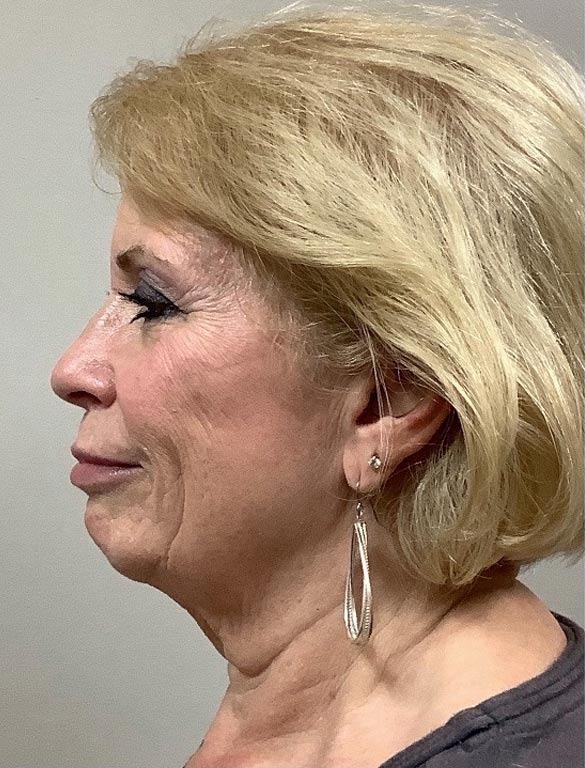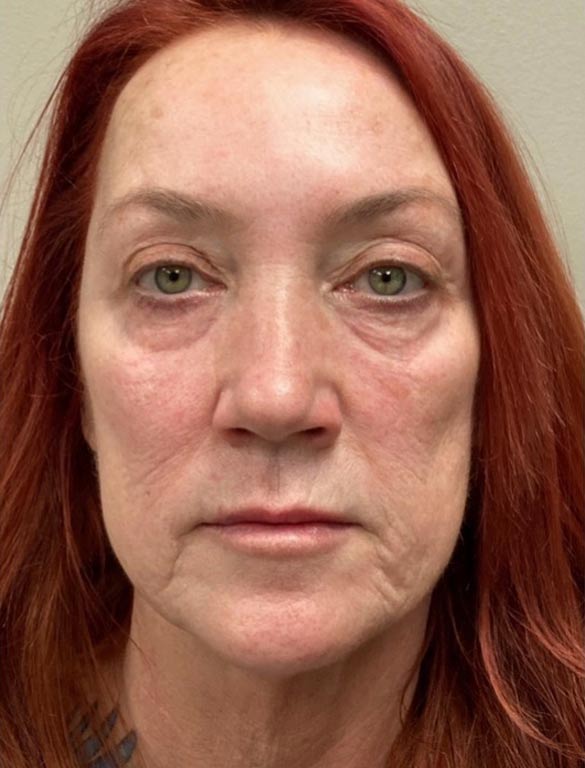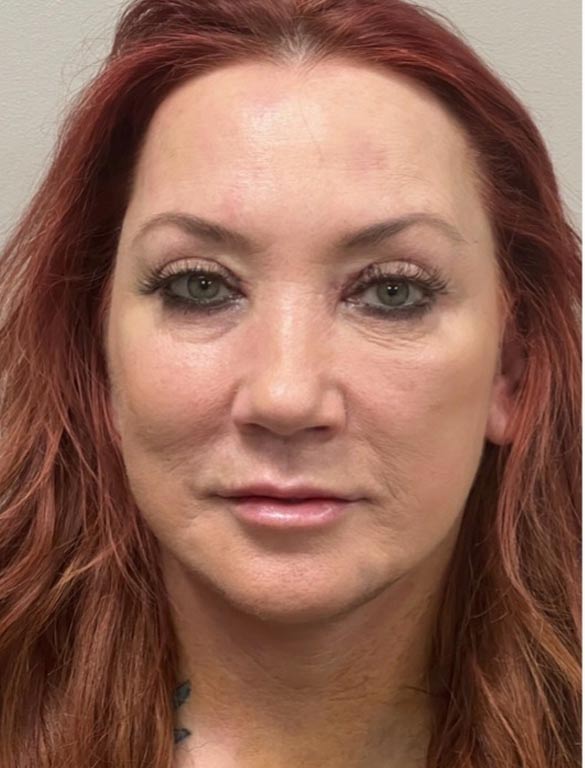Pulmonary Embolism Treatments
Conveniently located to serve the areas of Fenton, Sterling, Livonia, MI and San Diego, CA

A pulmonary embolism is a sudden blockage of an artery in the lung that is generally caused by a blood clot. In many cases, these clots are tiny and are not fatal, but can cause damage to the lung. Should the clot be larger and stop blood flow, it can prove fatal. According to statistics, more than 300,000 people develop deep vein thrombosis (which can lead to PE risk) or pulmonary embolisms each year.
Contents
Symptoms of Pulmonary Embolism
There are several indicators or symptoms of a pulmonary embolism, including:
- Cough that produces foamy, pink mucus
- Shortness of breath
- Chest pains that are worse when you take a deep breath or cough
Other general symptoms include feeling on edge/anxious, sweating, feeling faint or lightheaded, a fast heart rate/palpitations. Should you experience any of these symptoms, it is imperative that you seek medical attention immediately.
Causes and Risk Factors of Pulmonary Embolism
The primary cause of a pulmonary embolism is a blood clot from the leg that has broken away and traveled to the lungs. These clots are found deep in the leg, and are called deep vein thrombosis and are not found close to the skin’s surface. Other causes that can block arteries include air bubbles, tumors, fat, or even amniotic fluid; however, these are very rare.
The risk factors for pulmonary embolism rise when you are at higher risk for developing blood clots. For instance, certain people have a genetic predisposition to having blood that clots too quickly. Other PE risk factors include:
- Long periods of inactivity
- Recent surgery involving legs, hips, belly
- Pregnancy/childbirth
- Smoking
- Hormone therapy/oral birth control
- Age
- Obesity
Risks
It can be difficult to properly identify and diagnose a pulmonary embolism, as its symptoms are similar to other problems, including pneumonia, heart attack, and even panic attacks. Proper diagnosis often rests on an exam and determining whether you have a higher risk factor for pulmonary embolism.
Treating Pulmonary Embolisms
Treatment usually involves anticoagulant (blood thinners) medications that will prevent additional clots and/or existing clots from growing. For severe cases, clot-busting drugs called thrombolytics may be prescribed to dissolve the clots.
At the Skin and Vein Center, we understand the severity of pulmonary embolisms and we work with our at-risk patients to reduce the risk of developing this potentially serious condition. If you are concerned about your risk for a pulmonary embolism or just want to know how to reduce this risk, please call us today to schedule a consultation. Click here to learn more about other vein diseases!








